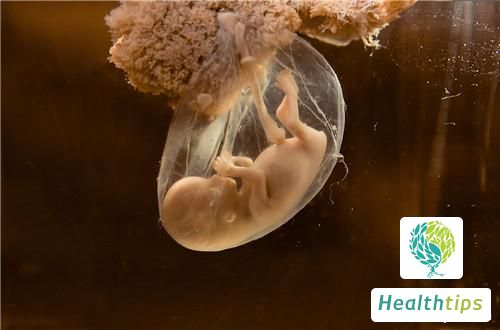When pregnant for 6 weeks, the embryo bud is generally around 0.5 to 1 centimeter in size.

Through B-ultrasound examination, the development of the embryo bud can be observed. Although the development of the embryo bud is still small at this time, neural organs, respiratory, digestive, and other systems have gradually begun to develop. There are many factors that affect the size and development of the embryo bud, especially closely related to the daily care of pregnant women.
1. What is the normal size of the embryo bud when pregnant for over 6 weeks?
When pregnant for 6 weeks, the embryo bud is approximately 0.5 to 1 centimeter in size, resembling a small sea horse. Medical methods such as B-ultrasound can be used to check the condition of the embryo bud. However, despite its small size, the fetus's head, brain vesicles, frontal organs, respiratory, digestive, and nervous systems have already begun to develop.
2. What are the factors that affect the size and development of the embryo bud?
The main factors affecting the development of the embryo bud are the physical condition and diet of women. Many doctors and experts recommend that women should not be partial to food after pregnancy, ensure a diversified diet, consume more high-protein and quality protein foods. Consume more fruits and vegetables, avoid alcohol and coffee, and avoid contact with toxic substances and radiation sources. These are all important factors that affect the development of the embryo bud. The embryo bud undergoes a growth process in the uterus, during which each embryo bud grows differently. There are many factors that affect the size and development of the embryo bud, generally including the following: there are variations in the embryo bud during the formation of the fertilized egg, which essentially determines that it cannot grow large; women consume some taboo foods during pregnancy preparation.

